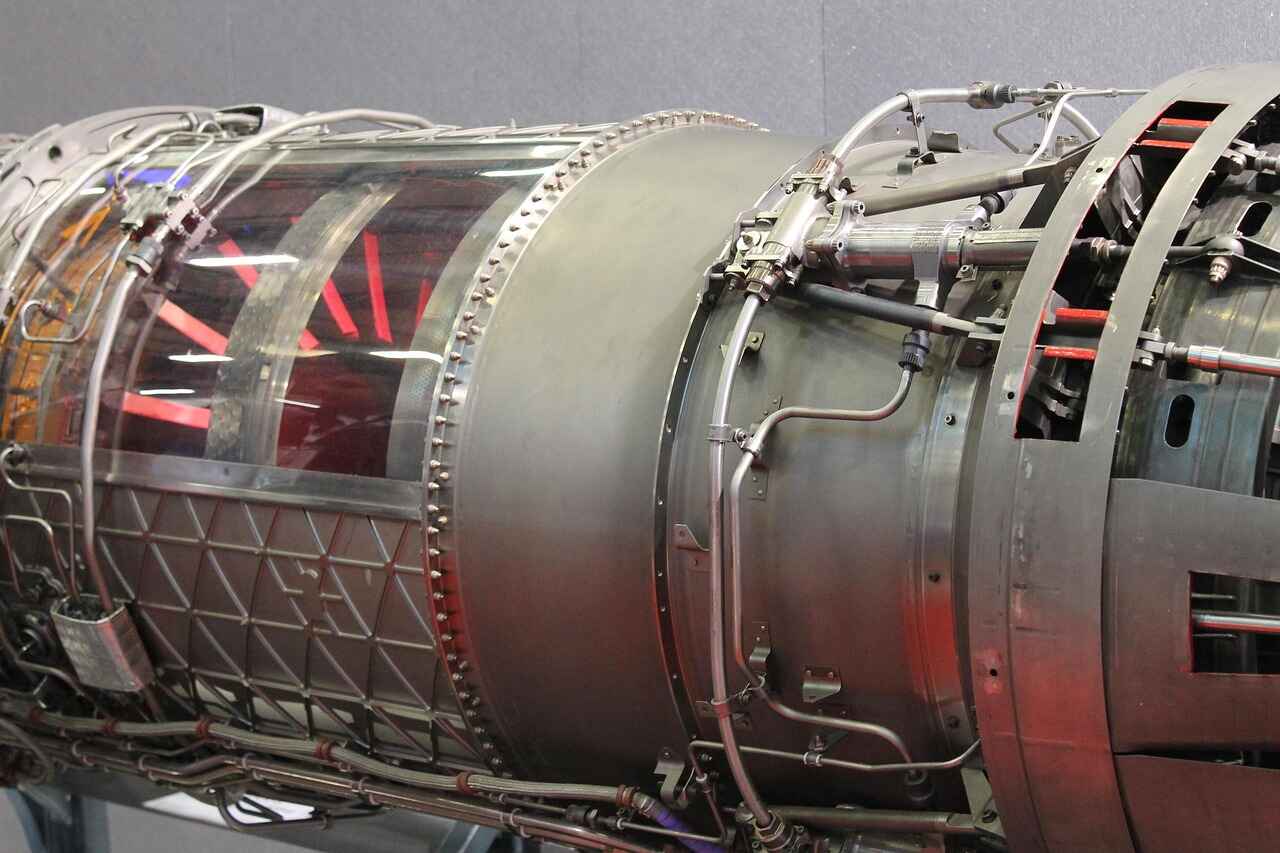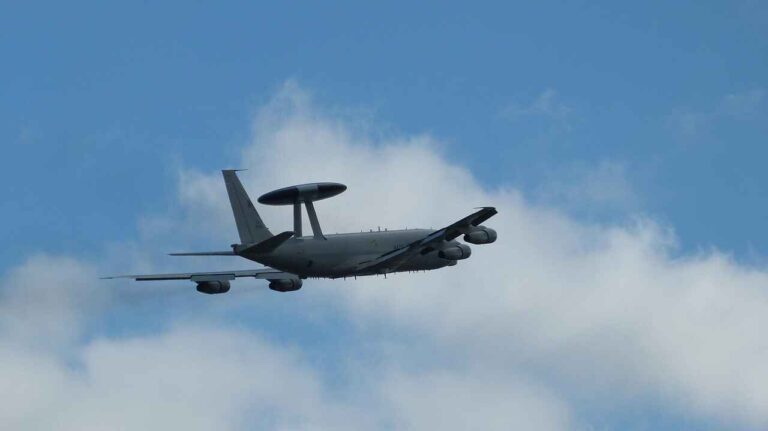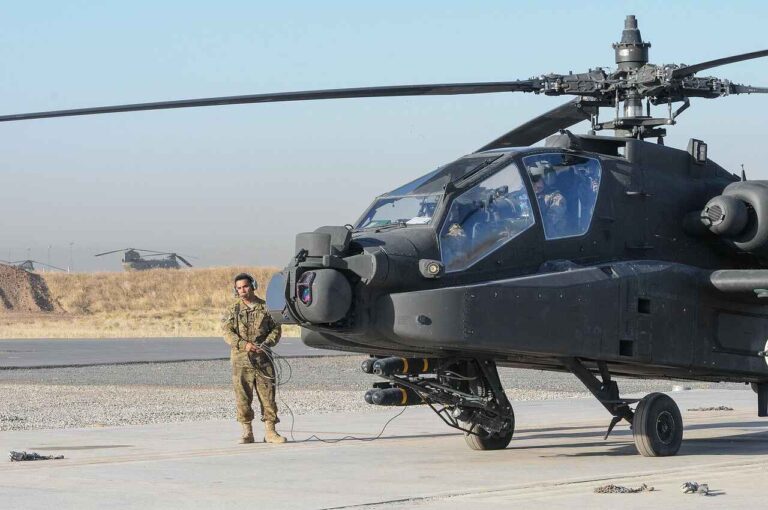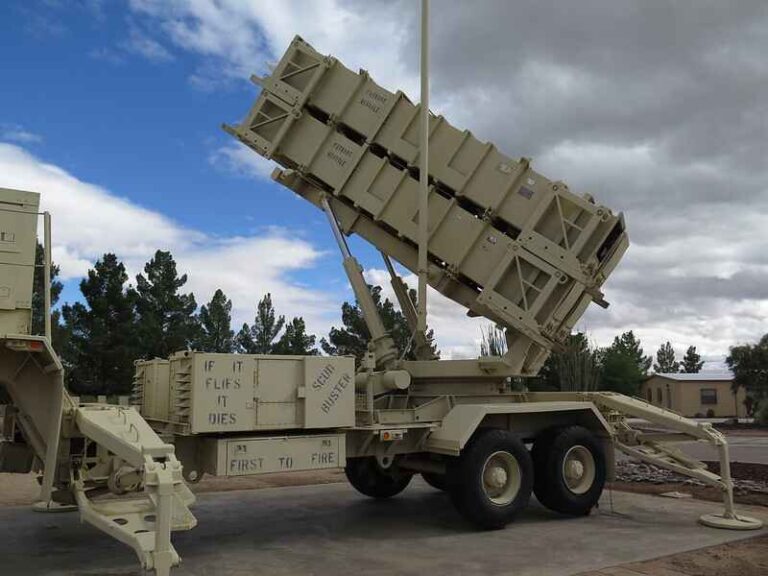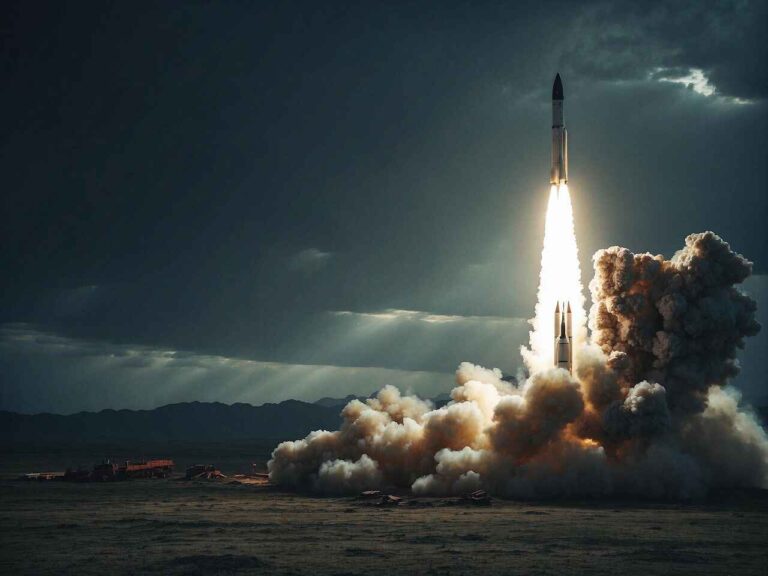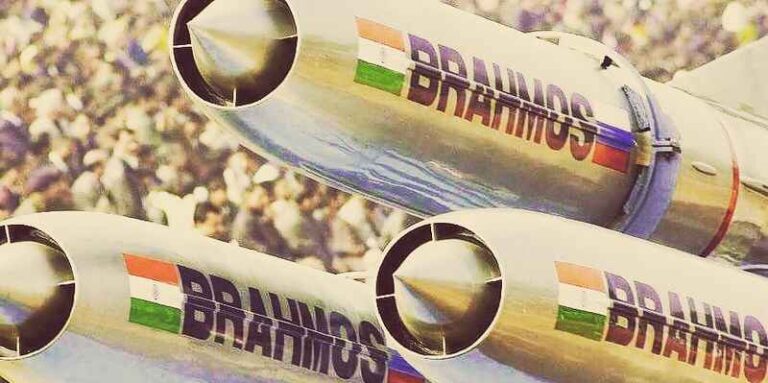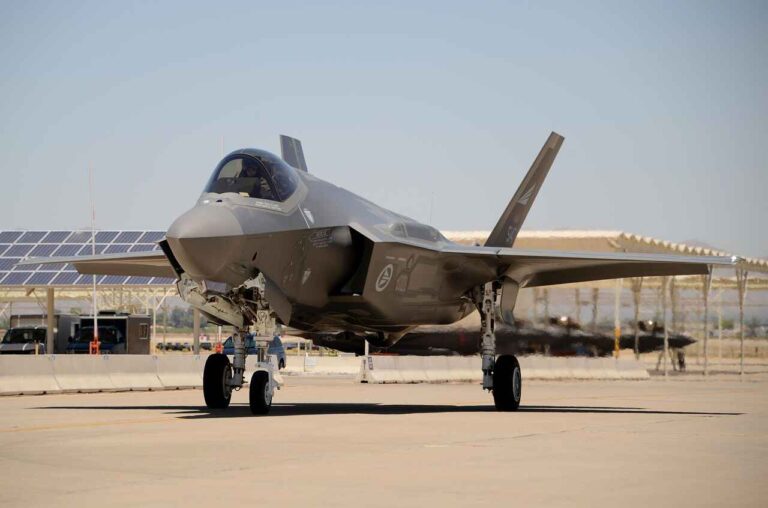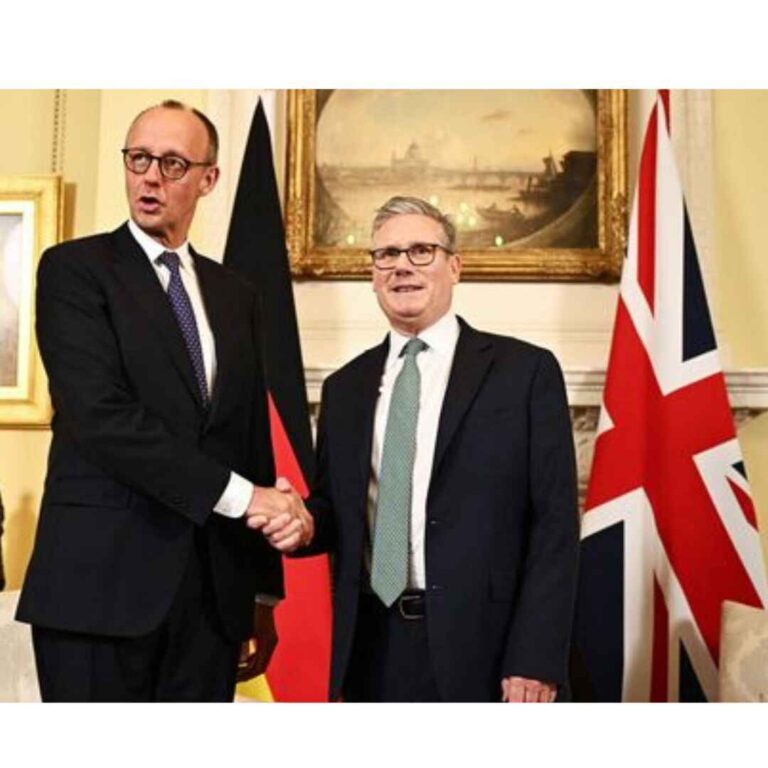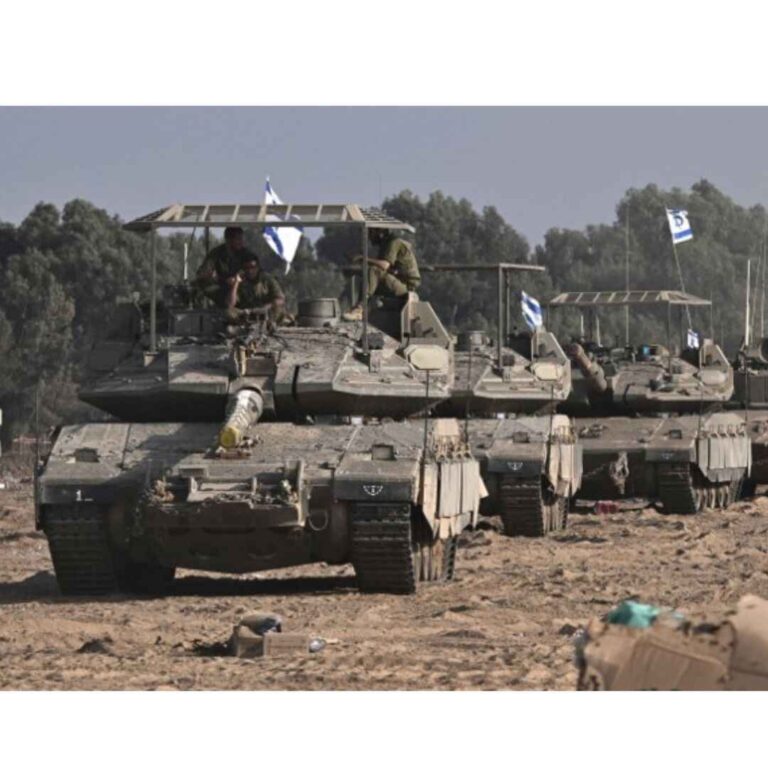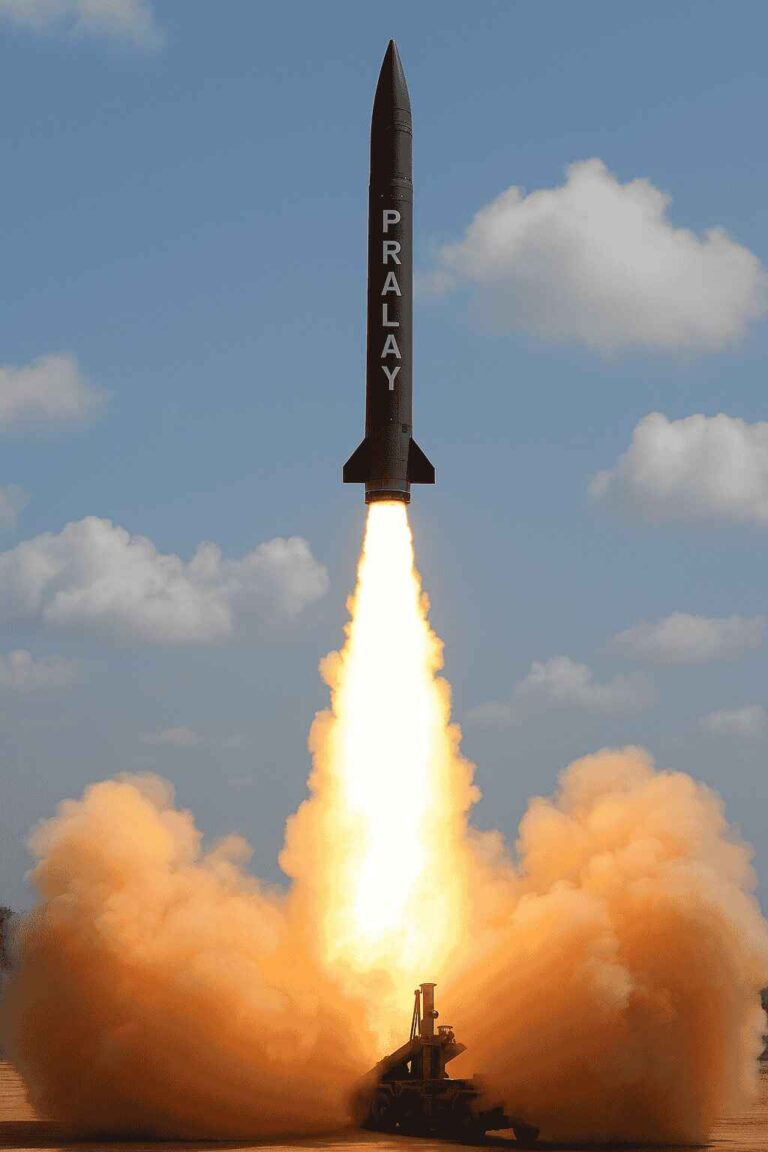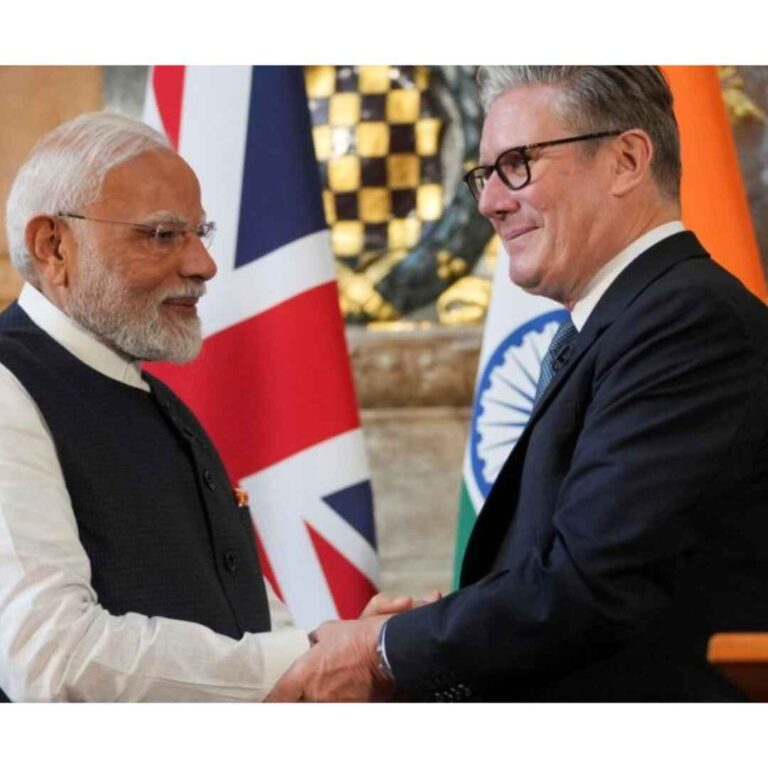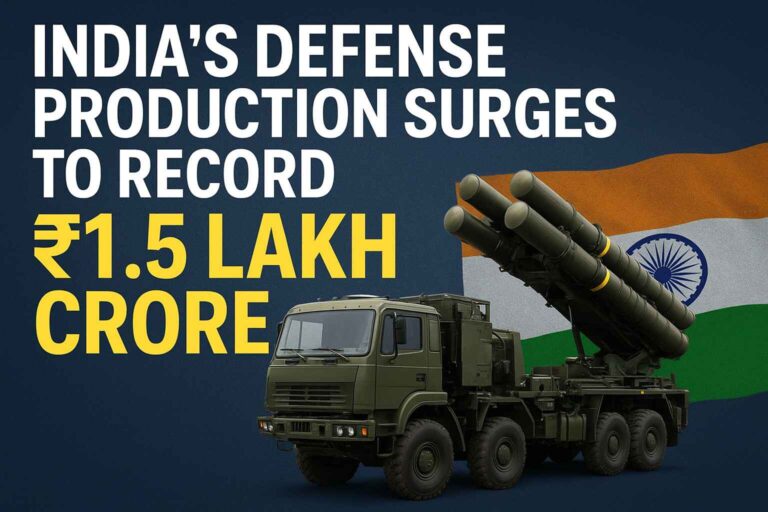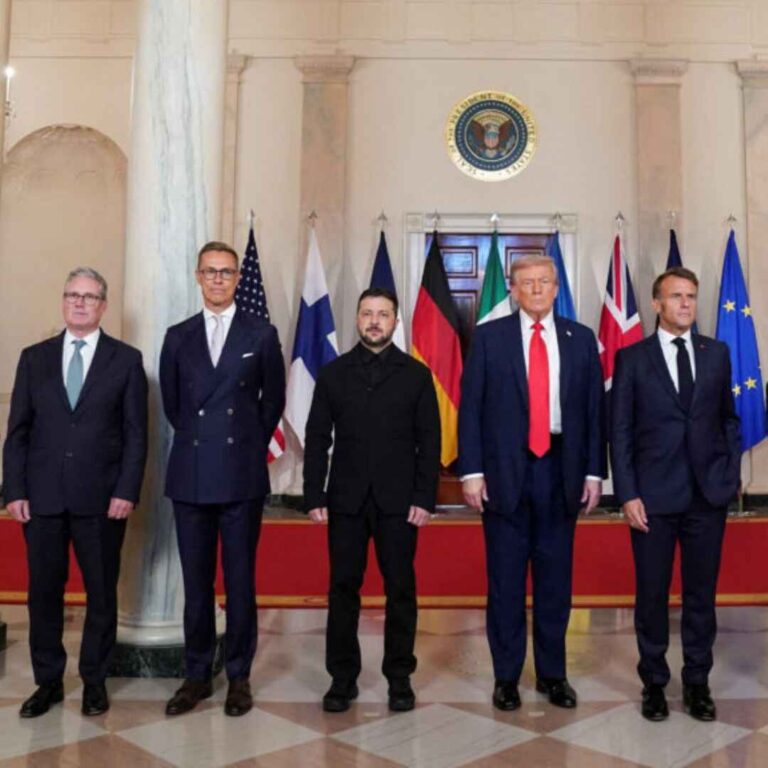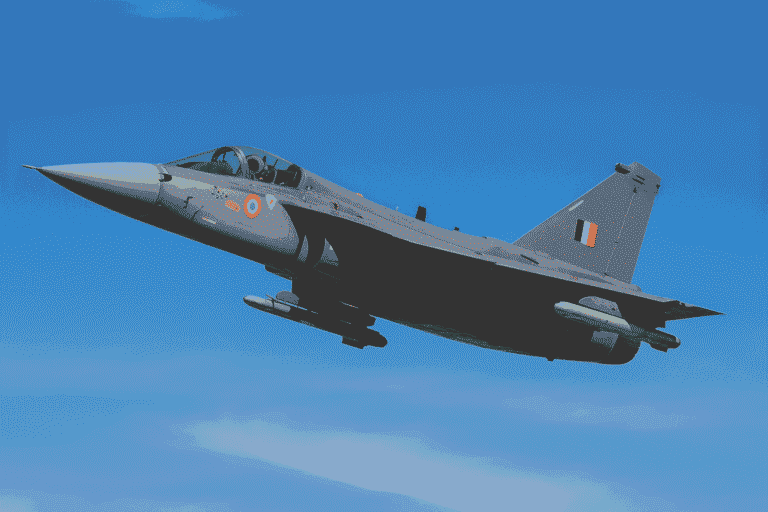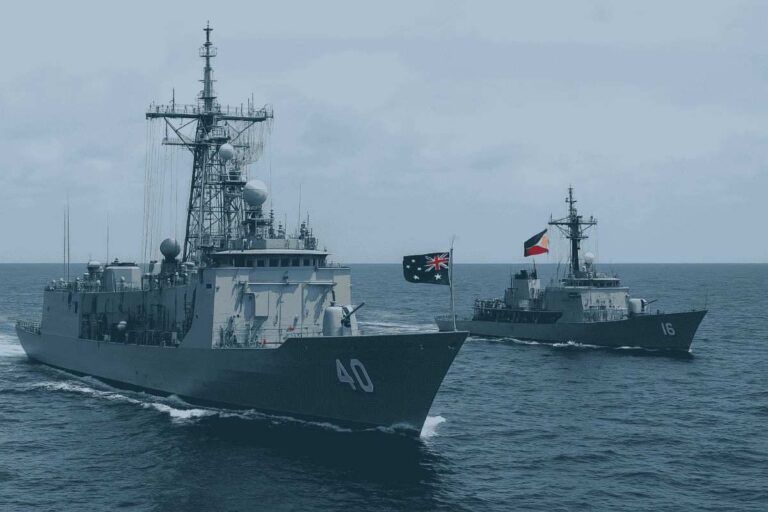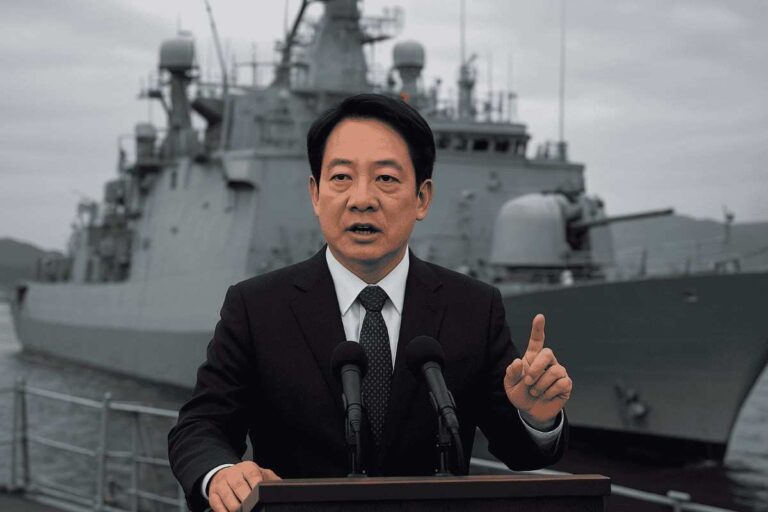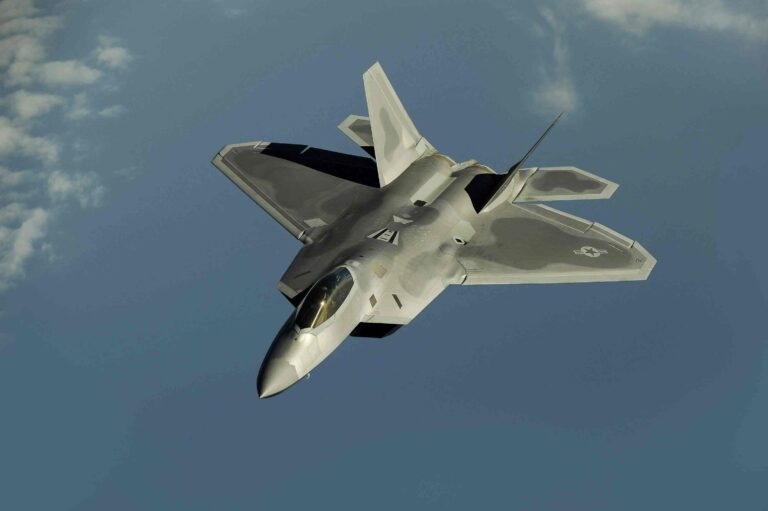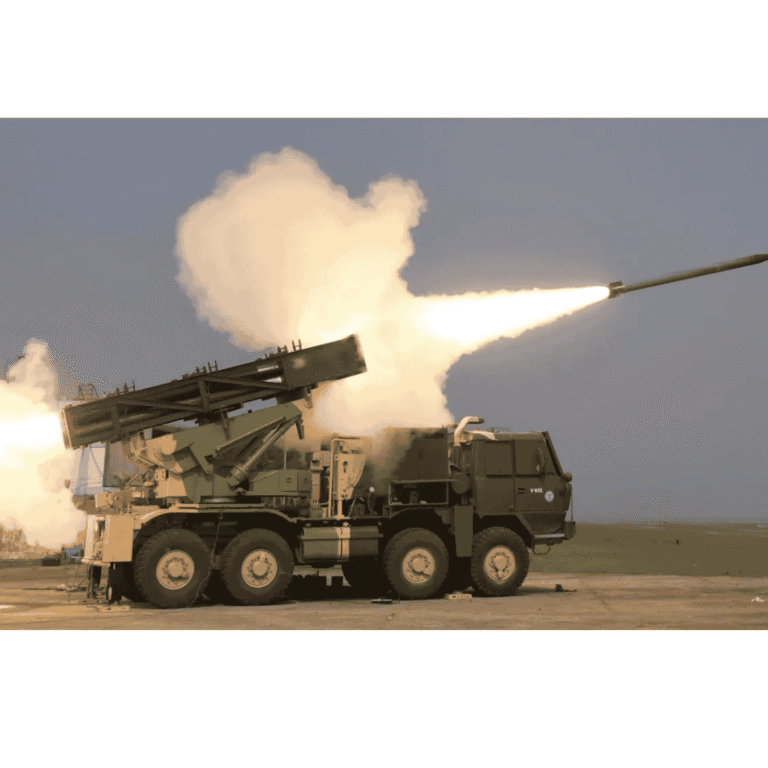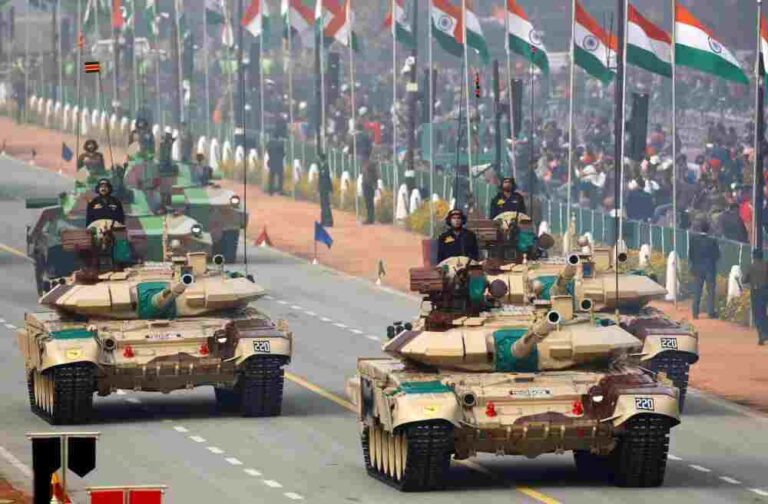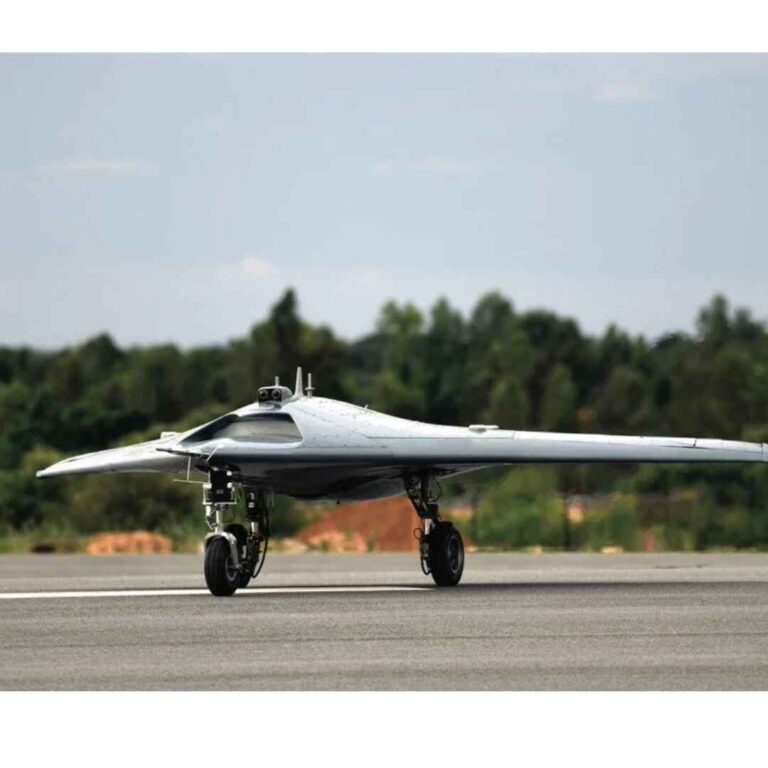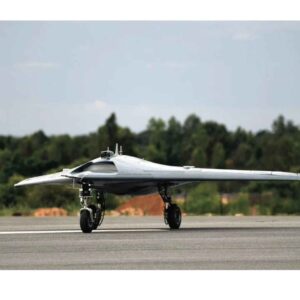Friday, July 18, 2025
In a significant advancement for India’s defense manufacturing sector, the country has signed a strategic agreement with France to jointly develop next-generation fighter jet engines. Valued at ₹61,000 crore, the pact between the Defence Research and Development Organisation (DRDO) and France’s Safran Group focuses on the indigenous design of engines for future Indian Air Force (IAF) platforms, such as the Advanced Medium Combat Aircraft (AMCA). This collaboration includes a full transfer of technology, which will significantly enhance India’s capacity to produce high-thrust, fuel-efficient engines domestically. The program will benefit from Safran’s expertise gained from working on the M88 engines used in the Rafale fighter jets and will leverage the knowledge of DRDO’s Gas Turbine Research Establishment (GTRE). Additionally, this partnership aligns with India’s broader “Make in India” initiative and the “Aatmanirbhar Bharat” (self-reliant India) vision. Defense analysts view this agreement as a pivotal moment in India’s efforts to reduce reliance on imports and establish itself as a global player in the aerospace sector. The new engine is expected to power medium and heavy fighter jets, including India’s future 5th and 6th generation aircraft. This strategic partnership emerges amid rising geopolitical challenges and global rearmament trends. It also serves to strengthen the bilateral ties between India and France, which have grown closer in recent years across several domains, including maritime, aerospace, and nuclear cooperation. India’s defense ministry approved the proposal on July 17, and production is anticipated to commence in the next 3 to 4 years. Hindustan Aeronautics Limited (HAL) is expected to play a critical role in manufacturing the engine, with various Indian firms contributing to component development. The project is likely to create a robust aerospace supply chain, generate thousands of skilled jobs, and lower the lifecycle cost of operating next-generation Indian jets. In the long term, this agreement will position India among a select group of nations capable of producing advanced fighter engines, a field currently dominated by the U.S., Russia, France, and the U.K.

